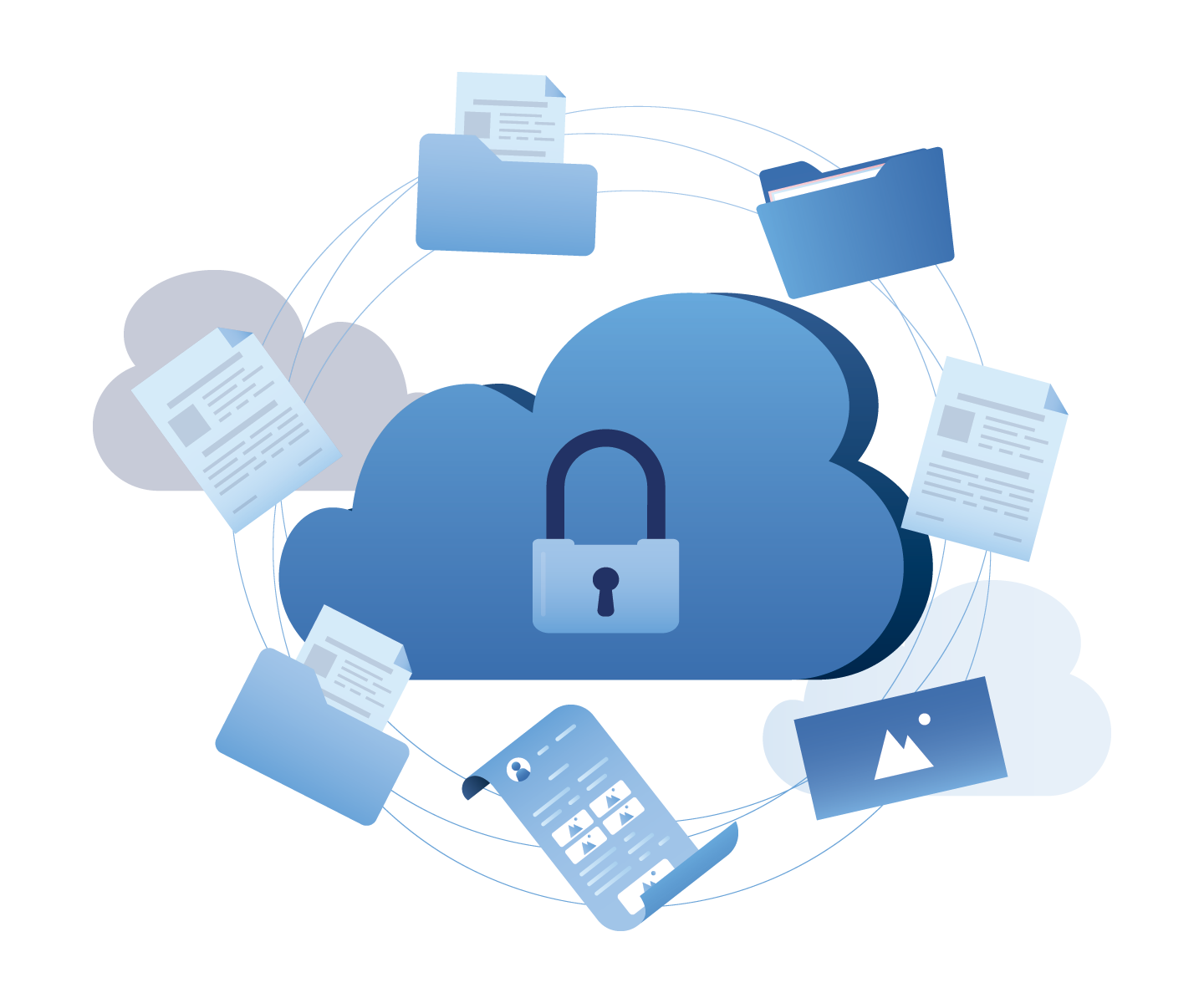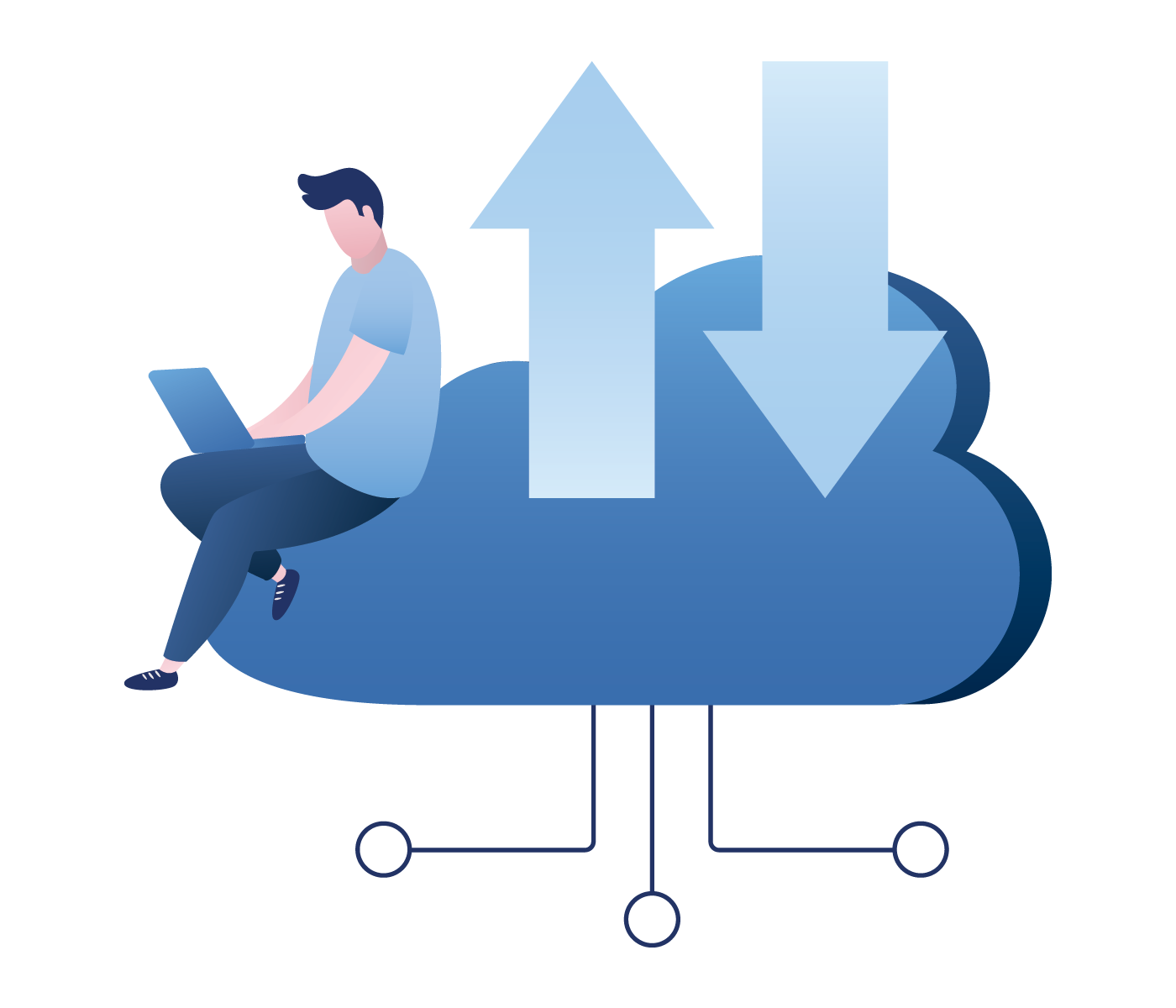Zero-Trust Architecture and Implementation

With over 25 years of experience designing, implementing, and operating cybersecurity infrastructure in some of the largest and most complex enterprise IT environments, Cognitas is ideally positioned to help customers stay ahead of evolving cyber threats. From enterprise networks to cloud transformation, mobile devices to IoT, in-office to work-from-home to hybrid work, Cognitas enables clients to maintain and improve business agility and resilience while proactively addressing the security challenges impacting IT.
The Cognitas methodology is based on the concept of zero-trust—a "never trust, always verify" approach in which access control decisions for services, data, and applications are based on a continuous assessment of risk (incorporating identity, context, and other risk signals at time of access), as opposed to the "implicit trust" model of traditional perimeter security. As an early pioneer in the zero-trust space, Cognitas not only used this experience in developing CrossLink, its own zero-trust platform, but also in architecting and implementing solutions based on other commonly-used zero-trust platforms.
Cognitas zero-trust services enable you to:
-
Define and evaluate a comprehensive cybersecurity strategy, with a specific focus on zero-trust
-
Evaluate current infrastructure and associated risks to understand the attack surface of the enterprise
-
Minimize the attack surface by focusing on existing and emerging security risks, including over-privileged access,
phishing and ransomware attacks, identity and authentication risks, mobile device vulnerabilities, and social engineering attacks
-
Embrace new, hybrid, remote-working paradigms at scale without losing visibility or control by leveraging zero-trust technologies
-
Enable the digital transformation to the cloud while ensuring that security and compliance concerns are properly addressed
-
Mitigate business risks by understanding how best to transition from legacy security solutions to the zero-trust model
in an incremental, non-disruptive manner
-
Maximize ROI by simplifying the security landscape of the enterprise
Ready to Learn More?
Contact our team for an initial security consultation.
Cloud Infrastructure Migration

Embracing the digital transformation and shifting workloads, applications, and services to the cloud can lead to significant cost savings and improved business agility—but only if new and emergent risks are adequately identified and mitigated.
Some of the risk considerations commonly encountered in a cloud transformation process
include:
-
Mapping existing services and applications to cloud-based approaches while maintaining control over data and
access policies
-
Leveraging cloud-based security services appropriately to avoid exposure or security vulnerabilities
-
Defining and configuring cloud access policies to prevent data breaches
-
Adopting cloud-centric methodologies such as DevOps without introducing new vulnerabilities
Cognitas has significant experience helping enterprise customers migrate infrastructure to the cloud (whether as IaaS,
PaaS, or SaaS) and is intimately familiar with the risks and mitigations associated with this process. Cognitas' approach
to cloud transformation is based on an understanding that enterprises stand to gain significant benefits through a risk-based
approach to migration of workloads to the cloud. These benefits include:
-
Improving business agility by leveraging the flexibility afforded by cloud-based technologies and SaaS platforms
-
Reducing costs by eliminating legacy operational and capital expenses and leveraging the economies of scale of cloud providers
-
Increasing flexibility by adopting a "pay-as-you-grow" model driven by business needs instead of technology-replacement lifecycles
-
Enabling shorter time-to-market cycles for business applications by using cloud infrastructure and methodologies
-
Improving resiliency and performance by leveraging the global presence of cloud providers
-
Establishing a solid foundation to improve the enterprise's security posture through zero-trust and forward-looking paradigms
such as SASE (Secure Access Service Edge)
Ready to Learn More?
Contact our team to start your digital transformation.
Cloud Application Integration
